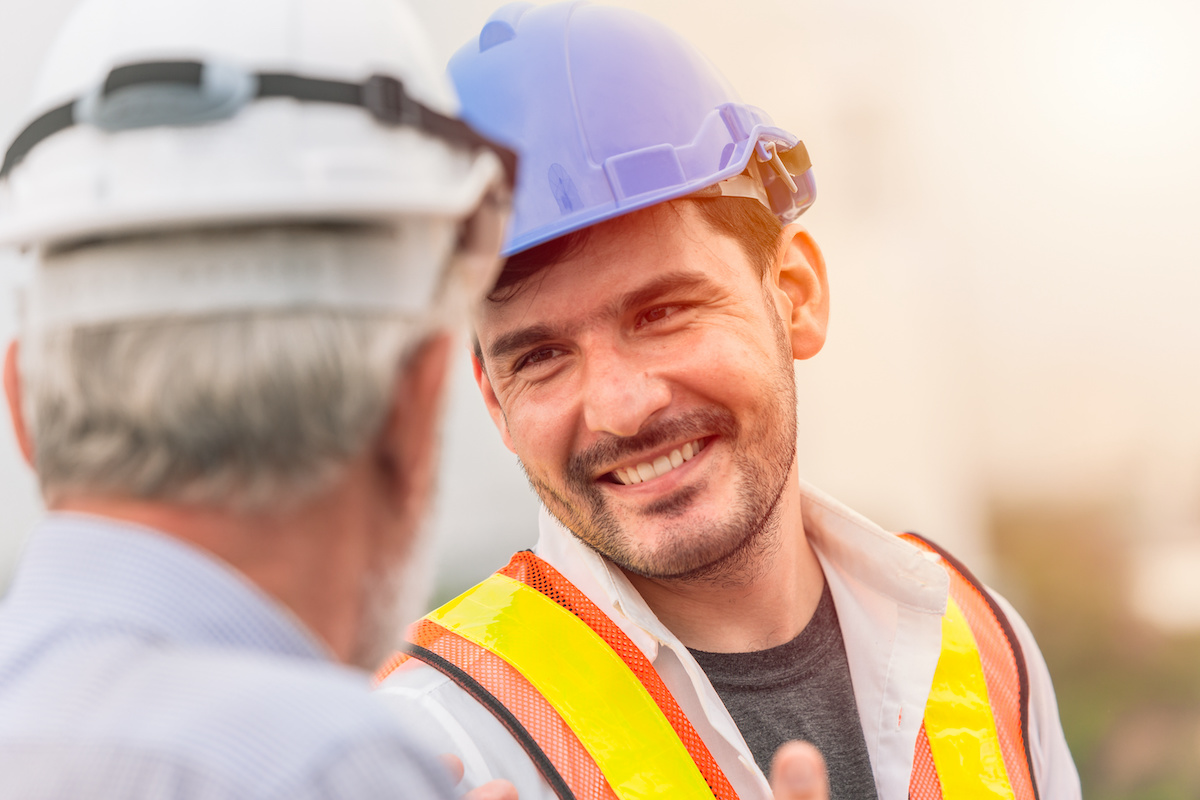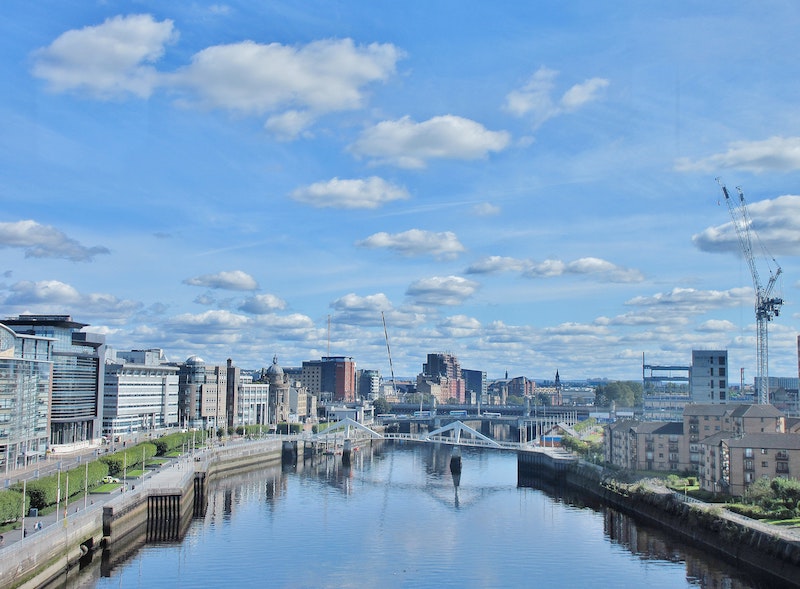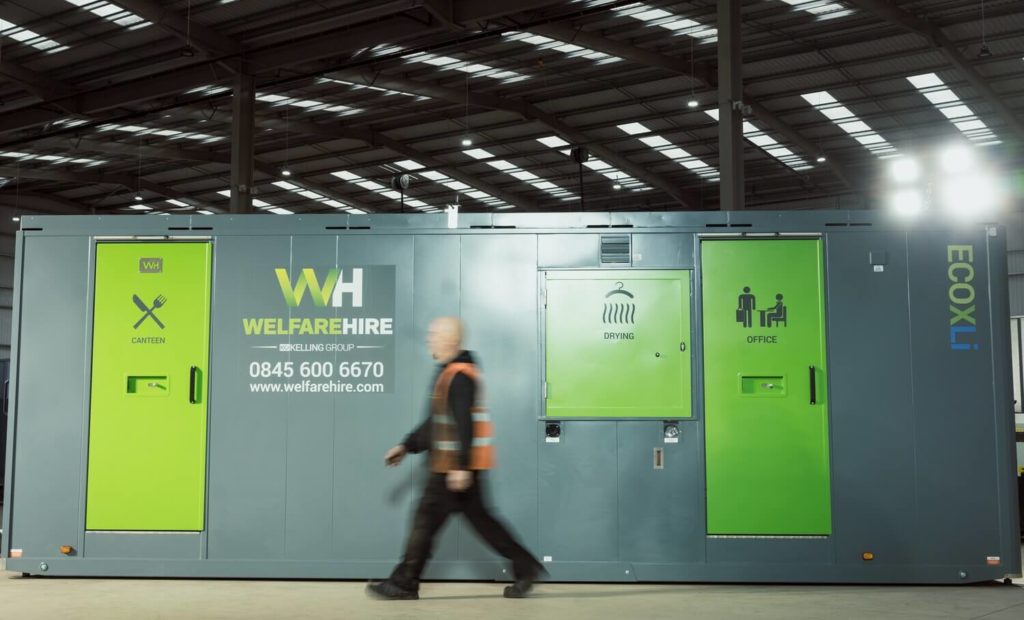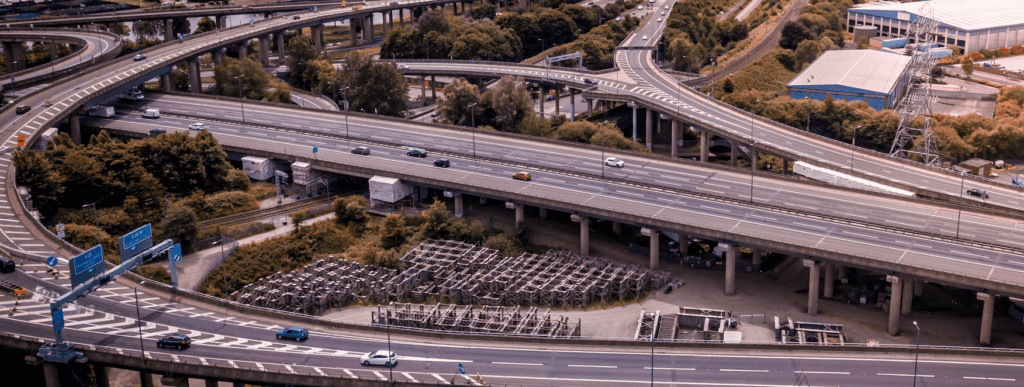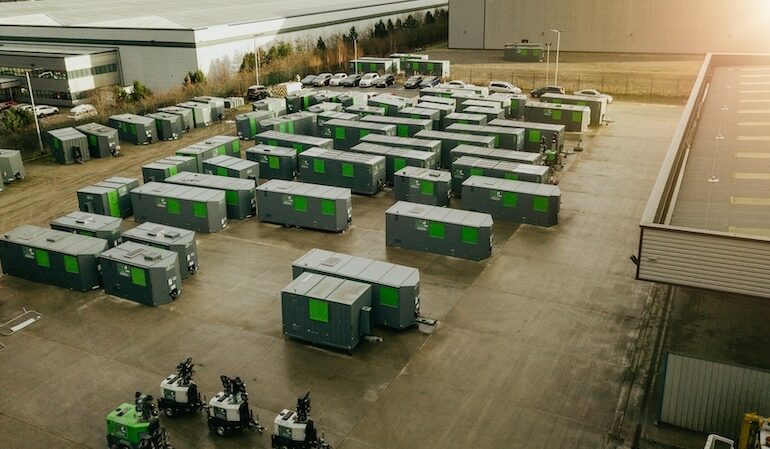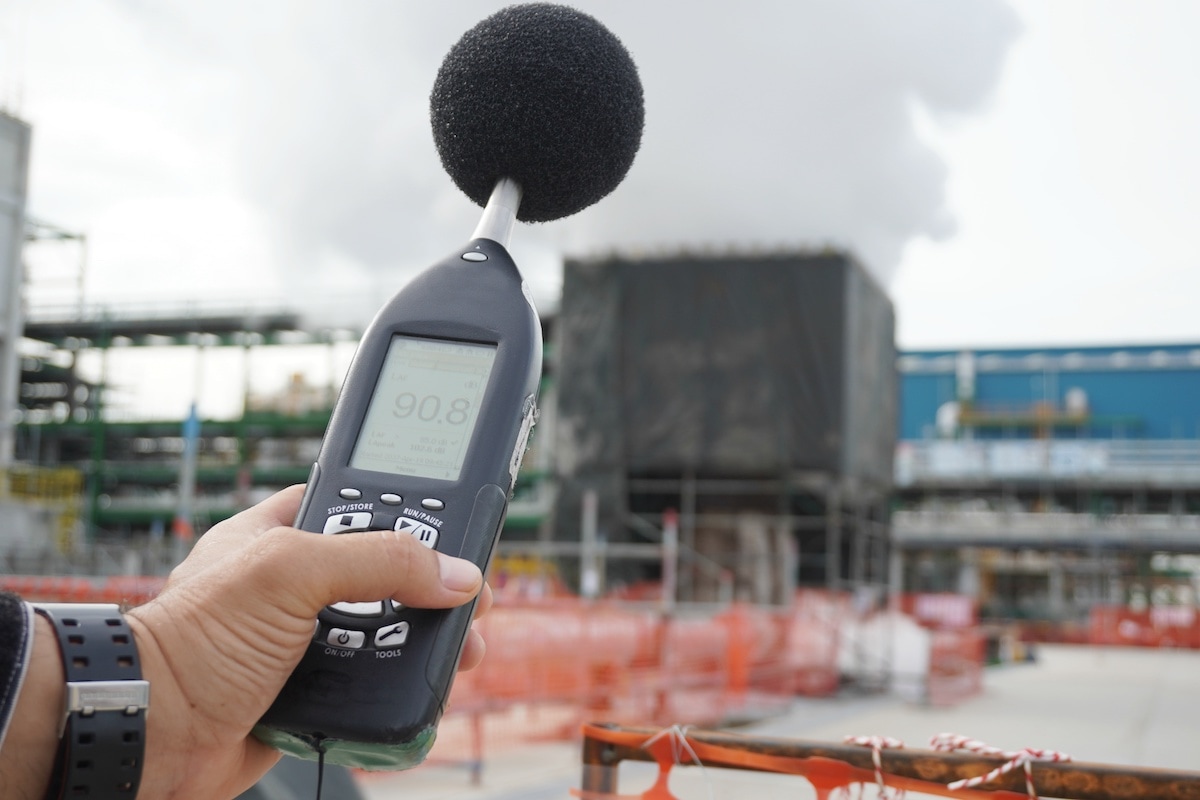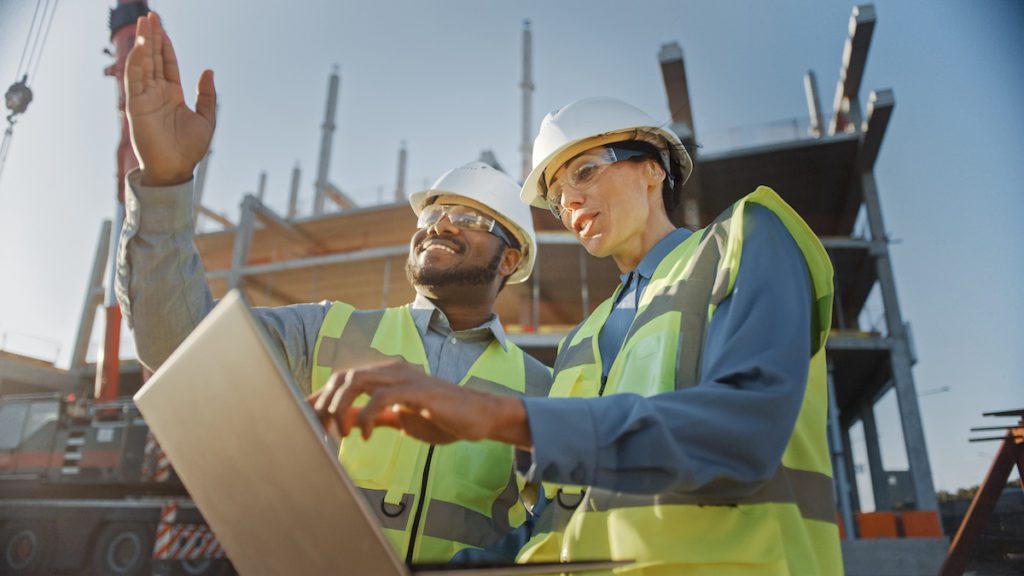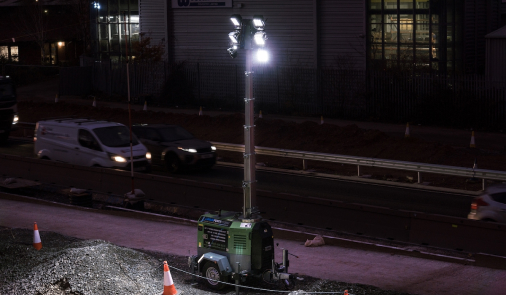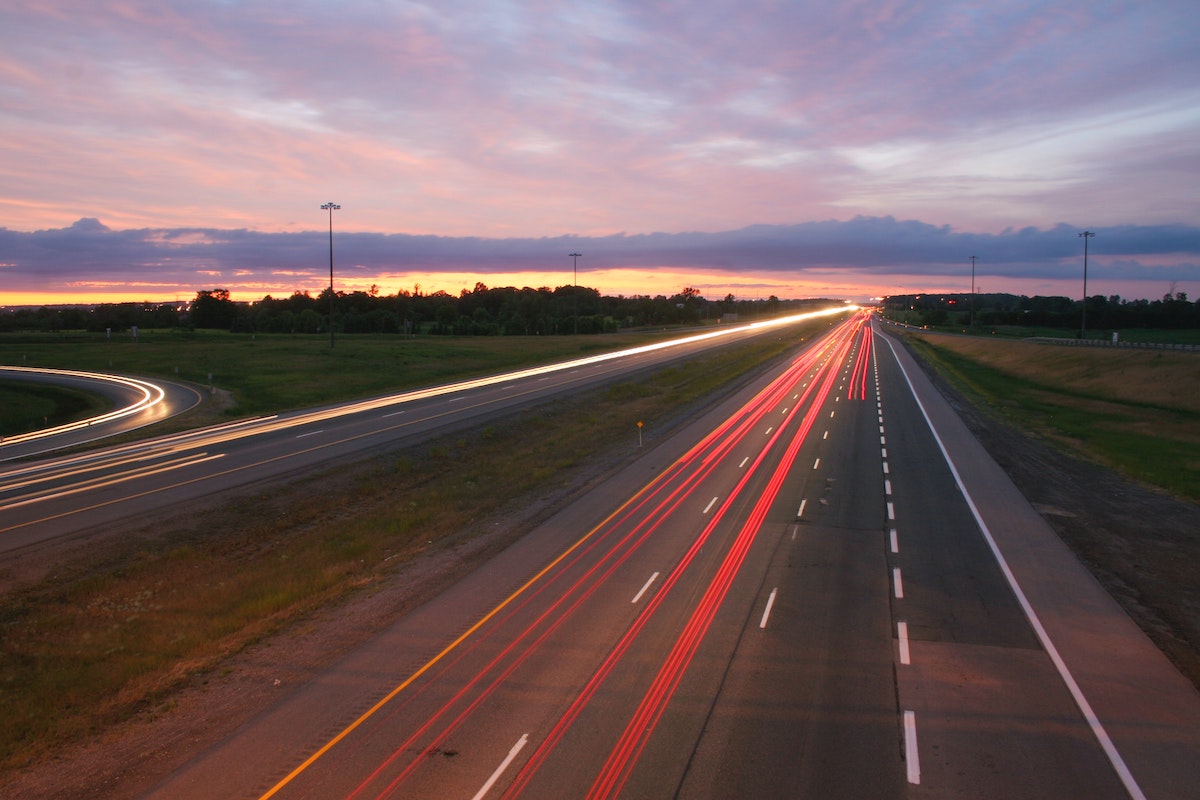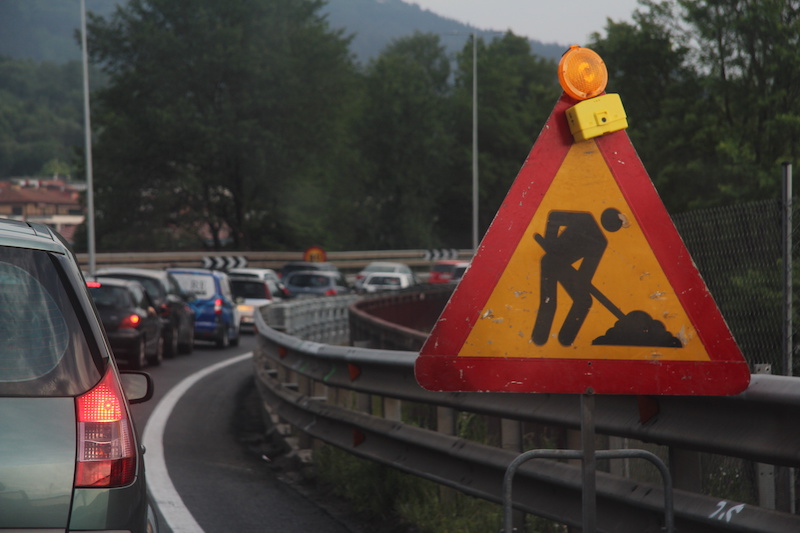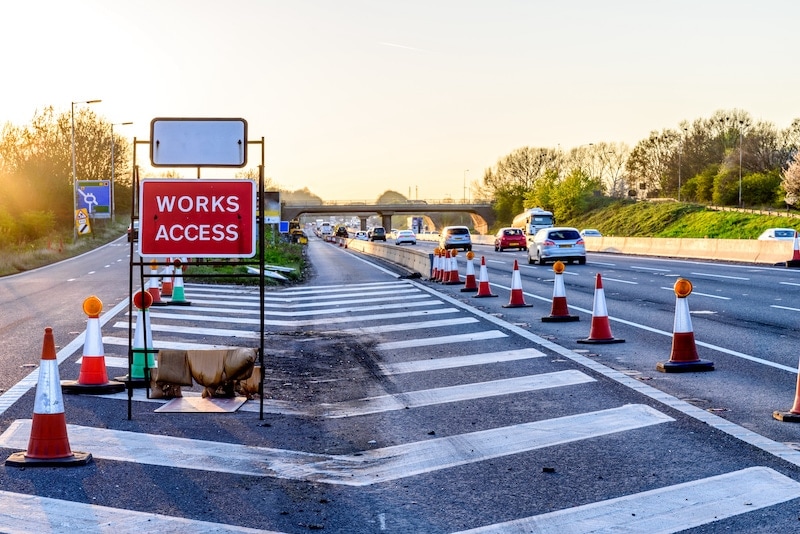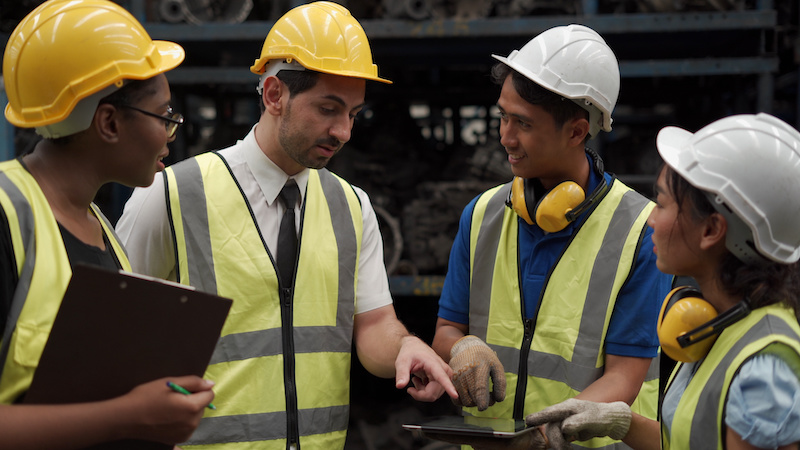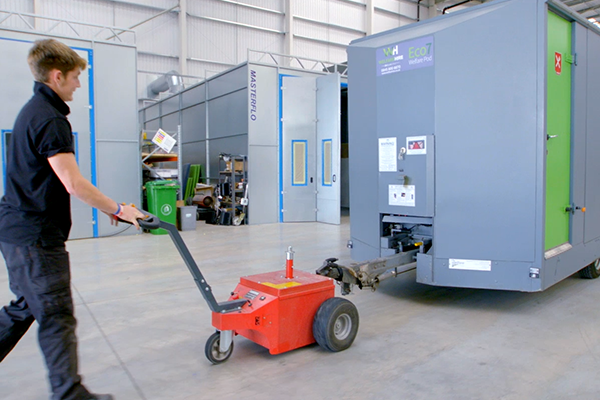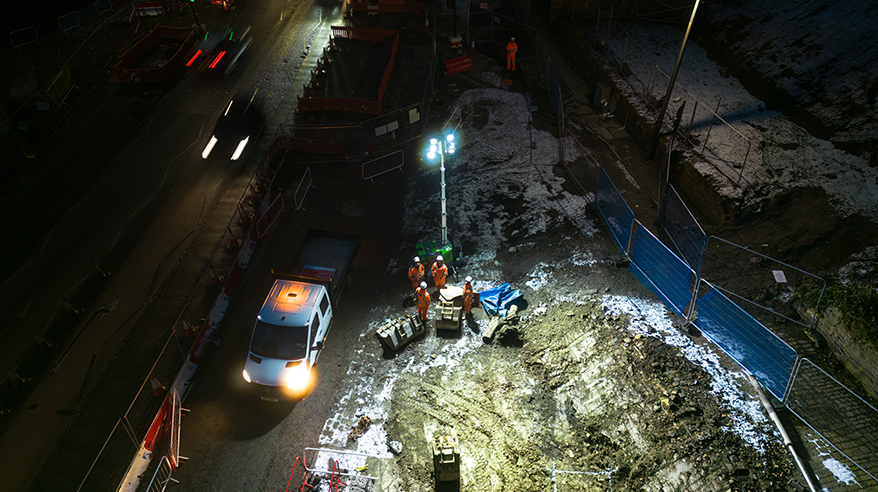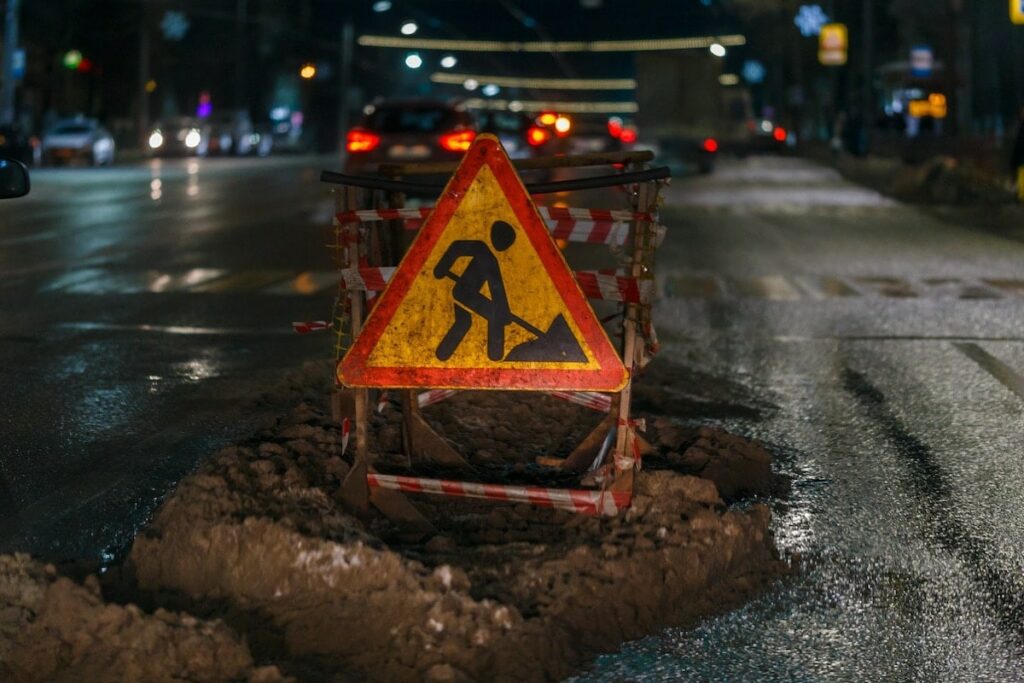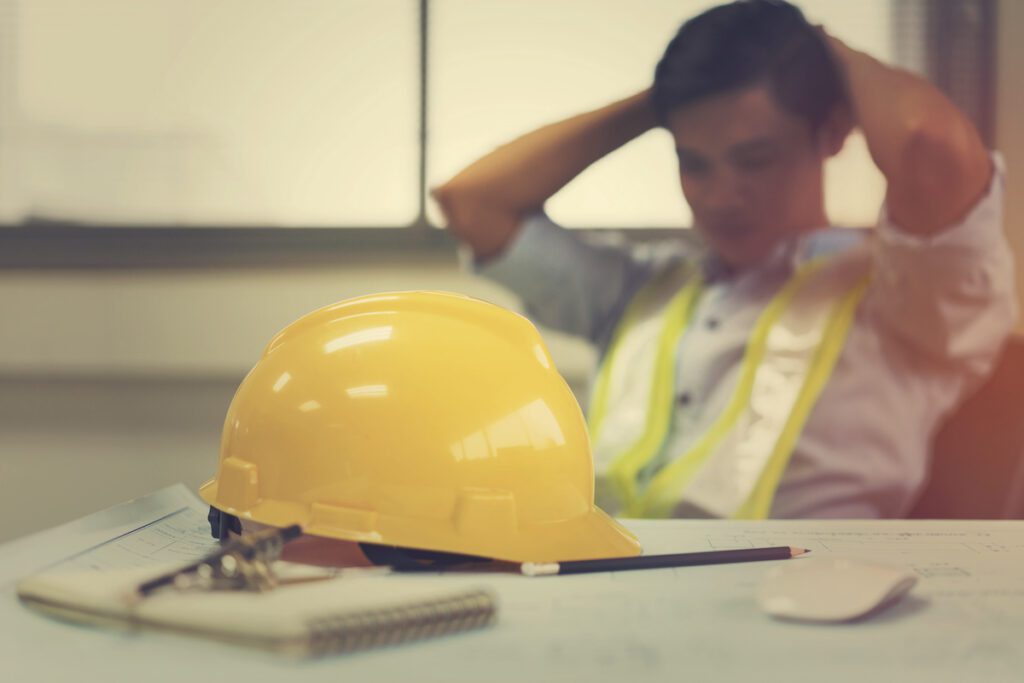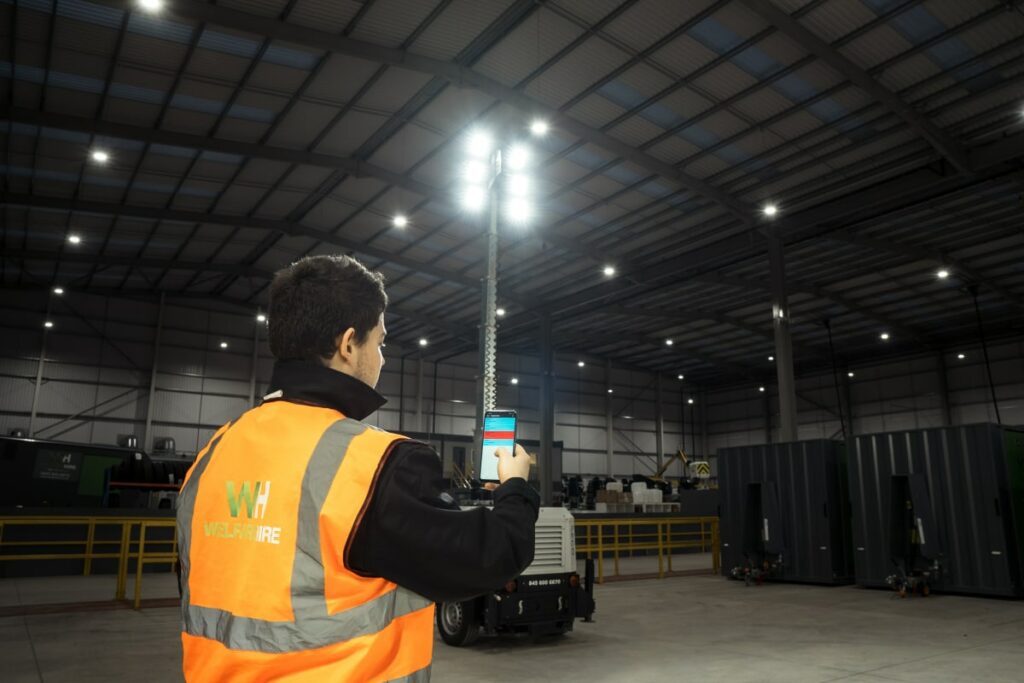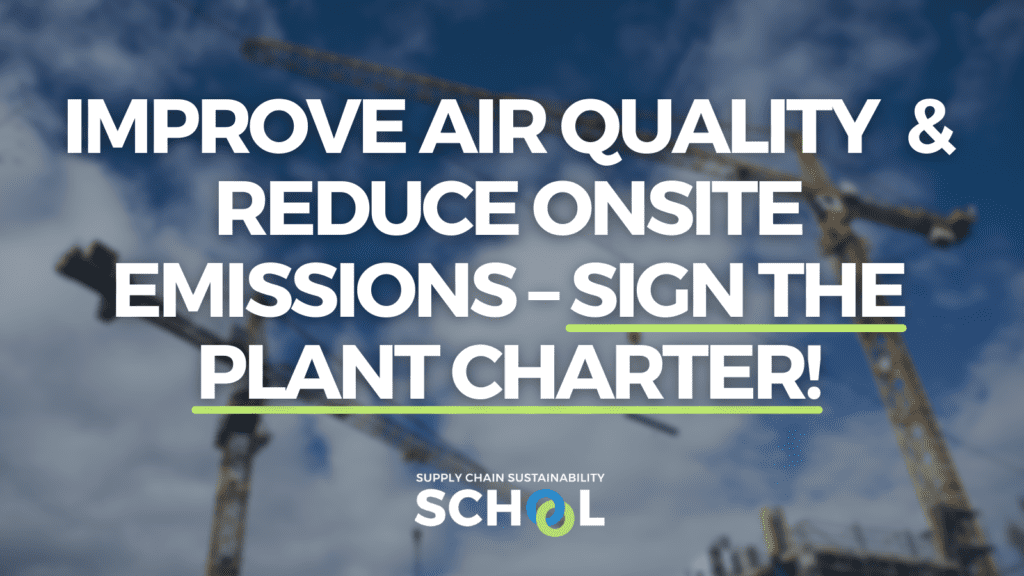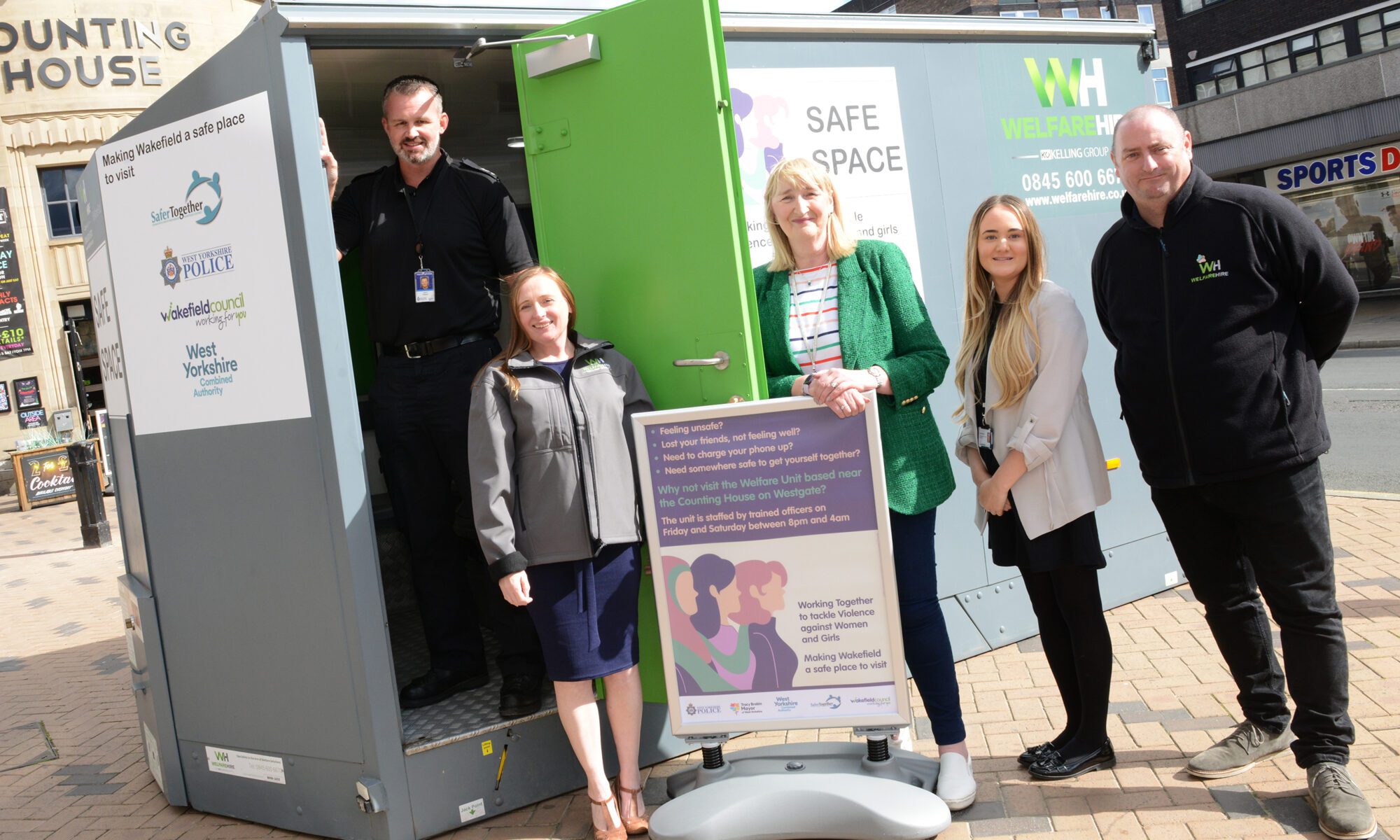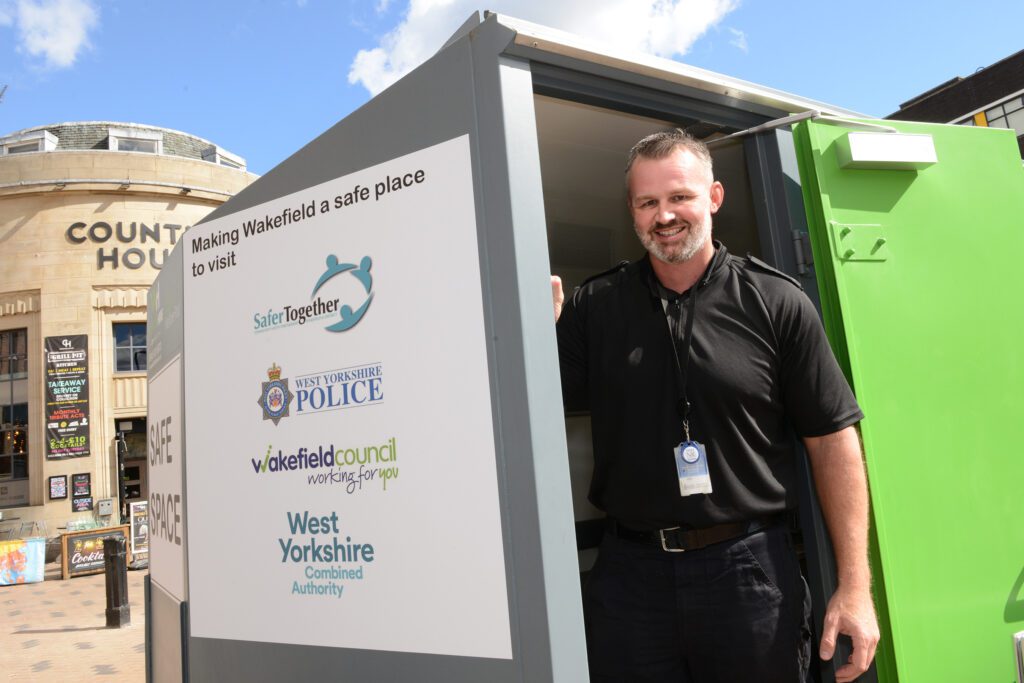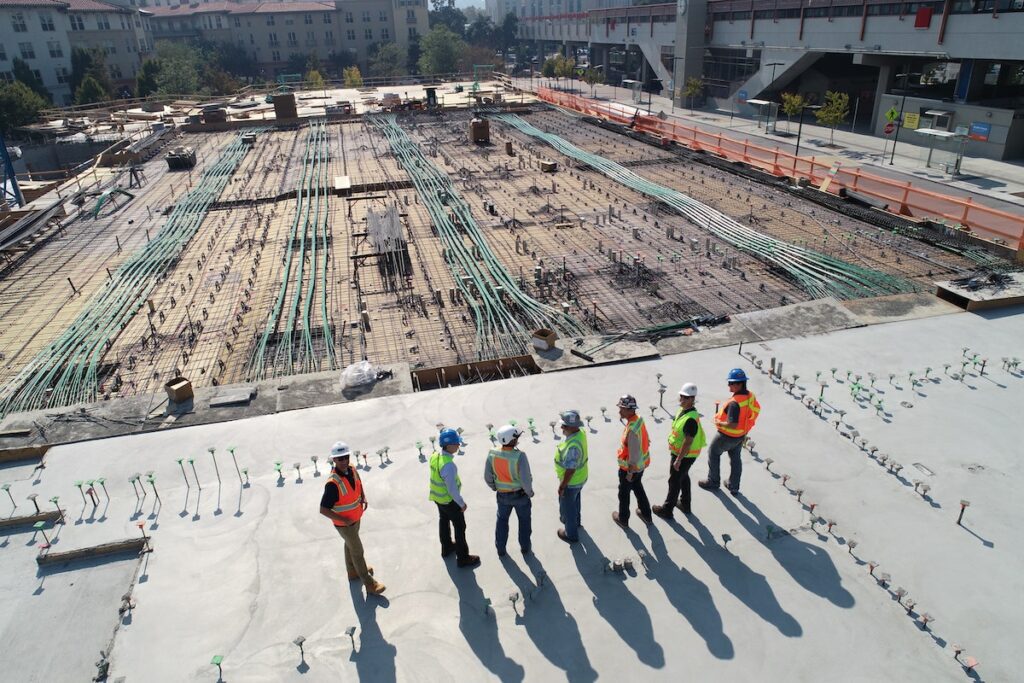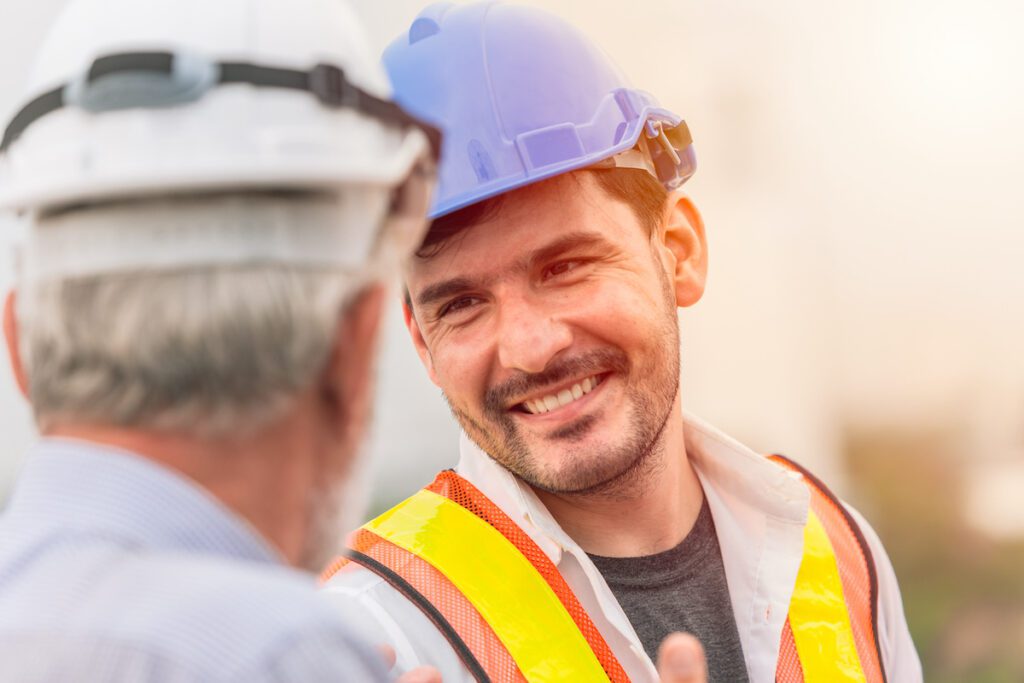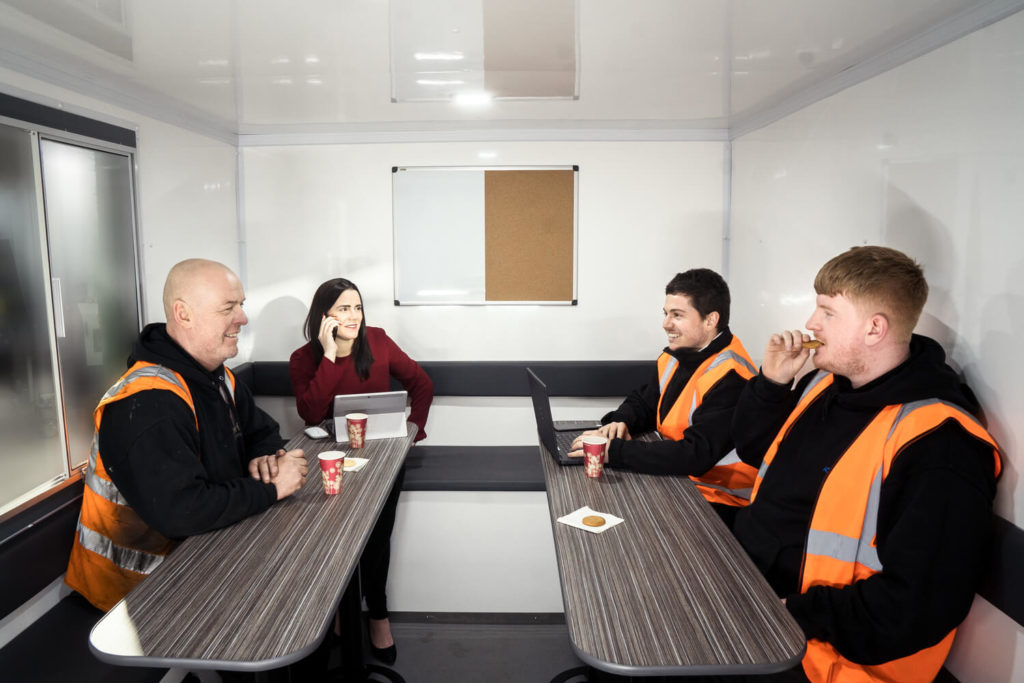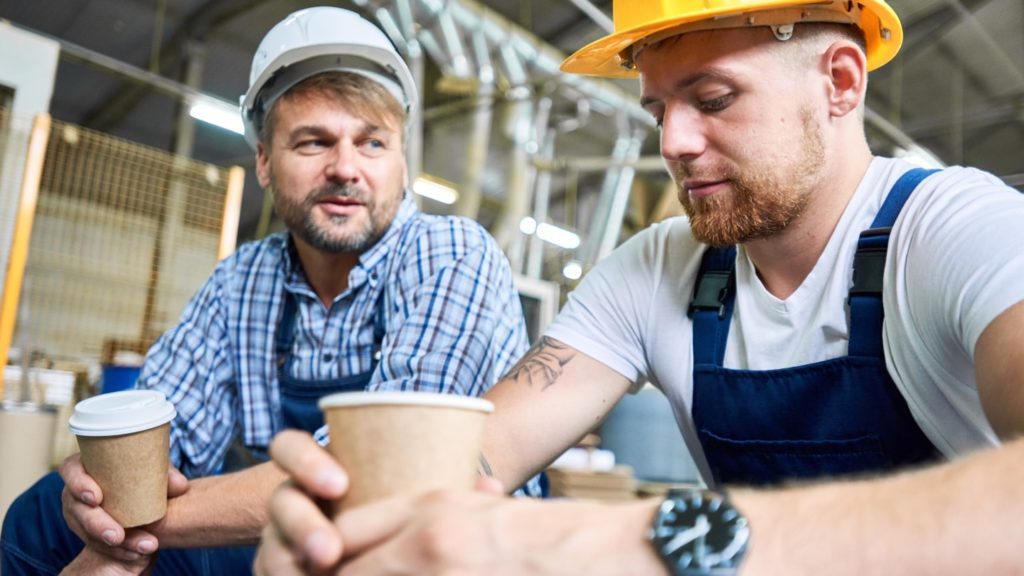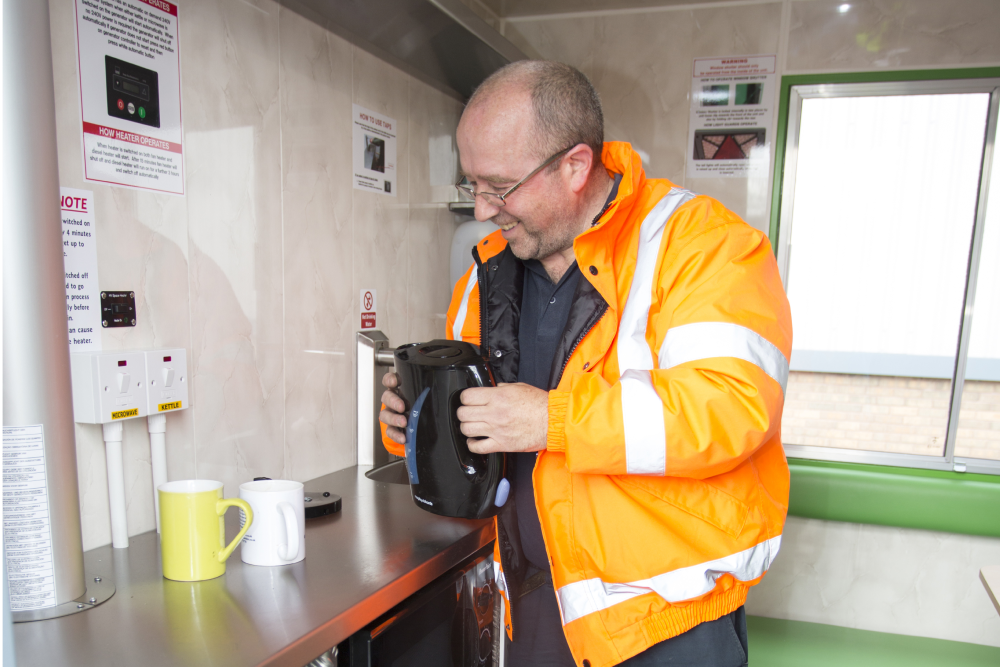
Article created by Supply Chain Sustainability School
Employee wellbeing is paramount on construction sites, with mental health and burnout an important consideration. 1 in 4 UK employees report having a physical health condition and £12.8M is lost annually due to stress alone. So it is relatively little surprise that 64% of construction workers want their employers to provide more support. Similarly, in terms of gender equality, construction has a long way to go: just 13% of construction workers are female and only 1% work onsite.
It is easy to underestimate the extent to which wellbeing and mental health initiatives can impact a project’s bottom line. Traditional and older facilities are often poorly maintained or lacking the space and comfort to allow workers to take a proper breather onsite, contributing to the lack of support many feel at work.

Over two-thirds of construction projects run over budget by more than 10%, and larger projects routinely take 20% longer than anticipated. These factors have resulted in productivity in construction growing by less than 1% annually for the last two decades. To remedy this, projects must look for gains in productivity and efficiency wherever they can find them – including from a diverse and motivated workforce.
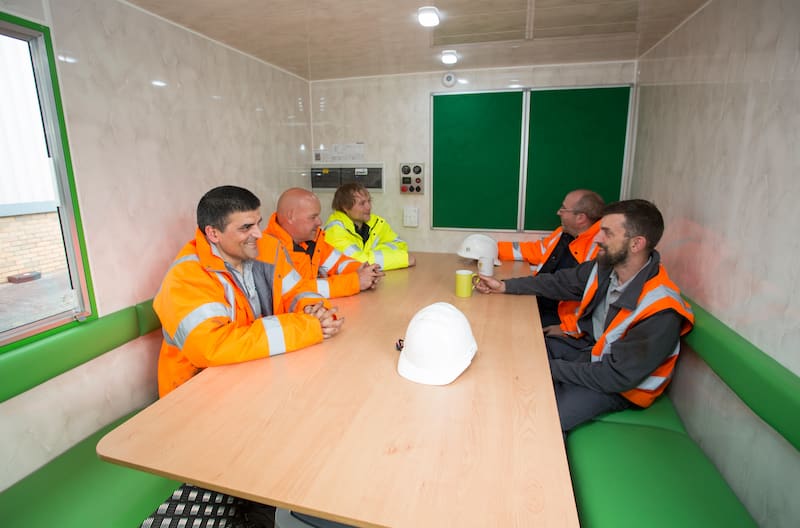
Impact: Modern Welfare facilities improve site teams & project results
Staff wellbeing and inclusion has become a real priority for the construction sector and the introduction of modern, environmentally efficient mobile welfare units on site has been paramount in order to allow staff somewhere to rest and take a break, indoors and away from the bustle of the site. Larger, better designed, modern welfare units create a more positive, more inclusive and safer environment for workers on site.
Simple factors like building team morale and ensuring onsite comfort can have a dramatic impact on the kind of workplace culture that emerges. And that can be heavily influenced by things as simple as the welfare you hire. Choosing the right mobile welfare units can greatly improve the attitudes you find onsite, putting an emphasis on wellbeing and changing how employees feel about their work. Welfare Hire ECO welfare units feature water flush WCs and hot water washbasins, separate fully equipped offices and drying & changing rooms, as well as extra-large canteens. There’s enough space for up to 14 workers (dependent on model selected), accommodating diverse teams with consideration to aspects such as separate changing and WC facilities. This enables teams to spend time together in a comfortable space. The large, dynamic design and layout helps provide market-leading welfare, hygiene and break facilities.
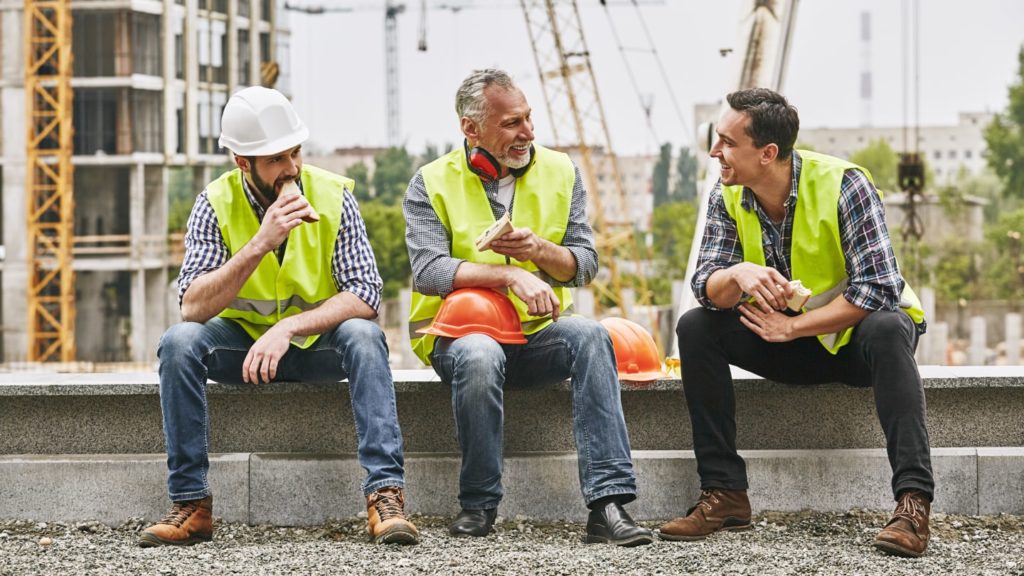
Value gained: Improved employee productivity, retention & morale > 500% ROI
At Welfare Hire, providing the most modern and innovative welfare with unique features and specifications is a key objective. These may seem like relatively small factors, but the combined improvements to employee experience can be massive. And this in turn creates ripple effects, leading to improvements in productivity, employee retention and overall staff morale accruing over time. Organisations with greater gender equality are 15% more likely to earn more than competitors and are 6 times more likely to innovate. As we discovered, projects that emphasise employee experience and wellbeing result in 21% higher profitability. In fact, every £1 spent on wellbeing produces an incredible 500% return!
